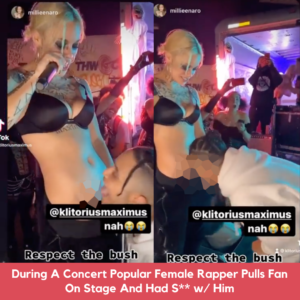Lil Bibby Says ‘The Party Never Ends’ Will Be Juice WRLD’s Last Album
Lil Bibby took to Instagram to announce that Juice WRLD’s album, ‘The Party Never Ends’ is in progress and will be his last album. The rapper share a video on Instagram where he maintained a happy emotions. In the caption, Bibby shed more insight into ‘The Party Never Ends’ project he’s working on.
He said, The Last Juice WRLD album is in the works… We want this album to feel like a Celebration/Party! Let’s celebrate the life of Juice… No more mourning, I want everyone that Juice loved while he was here to help celebrate, especially his fans who he loved!”
Lil Bibby added, “You guys have been the best fans who he loved! You guys have been the best fans an artist can have (Minus the death threat to Bibby). I’m not gonna complain but I’ll just say this is not easy. We miss you, We love you 999 till the world ends.”
Don’t forget that Juice WRLD’s last album was “Fighting Demons.” He dropped the album in December 2021 and featured 22 tracks. The rapper’s first album was “Legends Never Die” which he released in July 2020.
What do you think? Feel free to tell us in the comments section…













